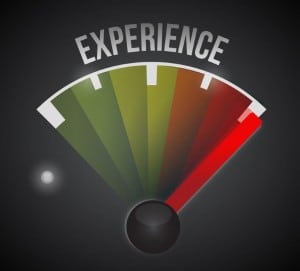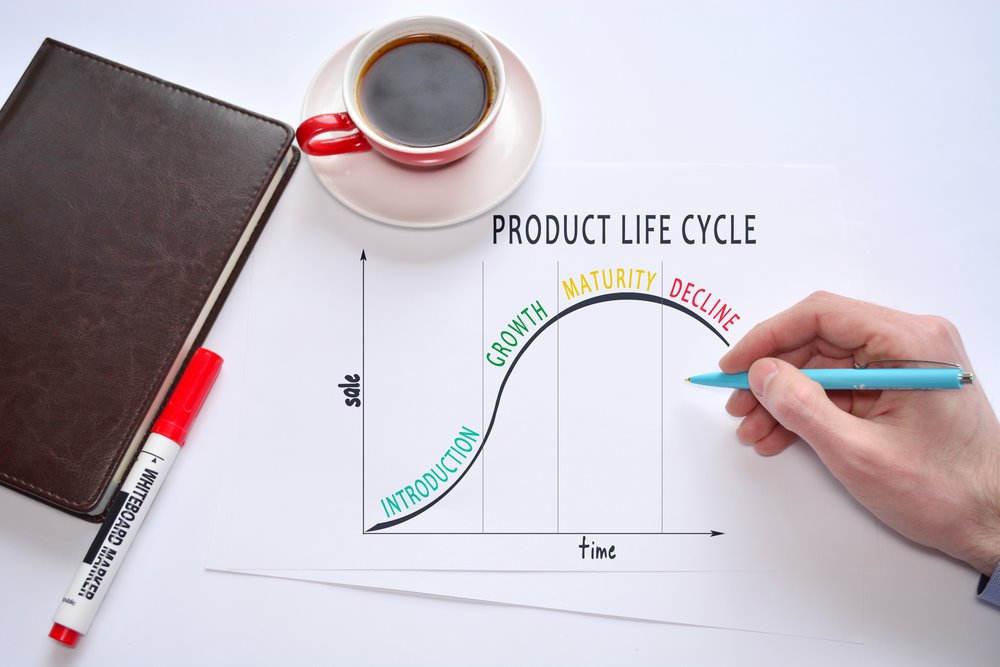At the heart of brand building is exceeding your customers’ expectations. But who is your customer and what do they expect? It may not be as simple as it sounds. If you have a business to business (B to B) model, the way your B to B customer handles or uses your product effects how their customer perceives your product. Their customer may sell your product to a consumer (B to C), and their treatment of your product will further effect your brand’s image. That’s why it’s not enough to just satisfy your B to B customer. So, the big challenge for consumer products brand builders is to satisfy every customer’s expectations all the way to the ultimate consumer.
We were technically a B to B with Barefoot Wines. Initially we thought our wines were sold when our distributers bought and paid for them. Boy, were we wrong! At first we didn’t understand their expectations, which was for us to have our representative in their territory to sell our products for them. We discovered that all our branding efforts, geared toward the ultimate consumer with colorful packaging, cute logo and catchy slogans, meant nothing to them!
Distributors wouldn’t reorder from us until they sold through their inventory, and they couldn’t do that until their B to B customers (the retailers) ordered more. That’s when we discovered the retailers’ expectations. They wanted our representatives us to set up all the signage, provide physical merchandising support (where legal) and provide an unending stream of customers requesting our products.
So far, none of this had to do with our logo, slogan, packaging, quality, endorsements, or awards. But if we didn’t meet the wholesalers’ and the retailers’ expectations, all our efforts at brand building would be for naught because our product simply would never get to the customer. We discovered we were a B to B to B to C and each of those customer level experiences impacted our brand image.
In order to give our consumers the customer experience they expected, we had to satisfy the expectations of everyone in the distribution chain first, which we did. Now, we could concentrate on the expectations of our consumers, which were:
1. Availability. Our product had to be always in stock and available where they shopped (or else they couldn’t buy it). If it was out-of-stock, they would blame our brand, not the retailer or the wholesaler.
2. Price. The price had to be what they expected to pay for our kind of product and it had to be stable. The brand would be blamed for any fluctuation, not the retailer or wholesaler.
3. Label. The label had to be colorful, friendly and recognizable from four feet away. It could not be blocked by the potato chips, hidden by the competition or have a scuffed label, or again, they would blame the brand.
4. Taste. For our market of “Tuesday night” staple wine, it had to be fruit forward, easy drinking, and a good value with a consistent taste. If the flavor was damaged by exposure to extreme heat or cold by the wholesaler or retailer, they would blame the brand.
We soon learned that we had to be vigilant at every B to B level to ensure an excellent customer experience at the final consumer level. Only then did we have the luxury of fulfilling the brand promise. The bottom line is that your ultimate consumer cannot have a great customer experience unless every customer all the way down the line has a great one too!


